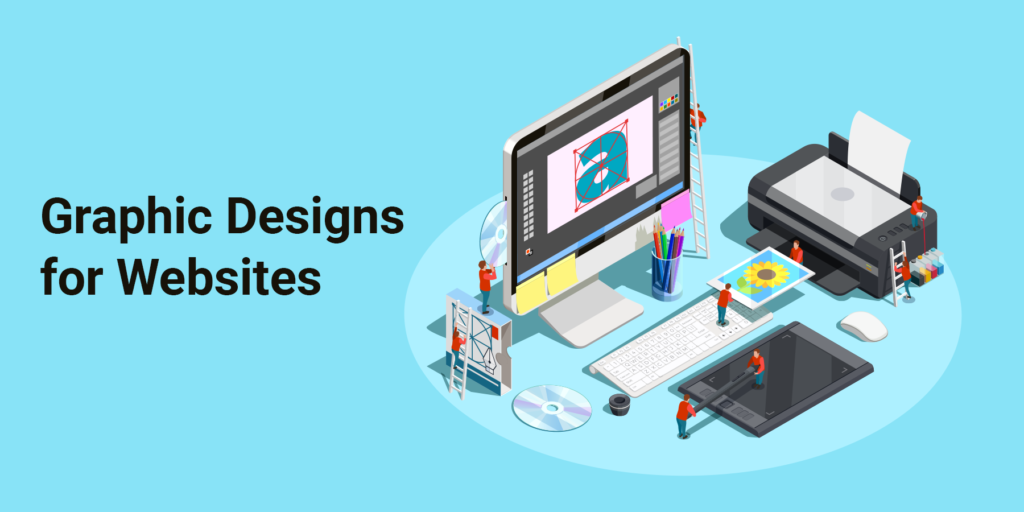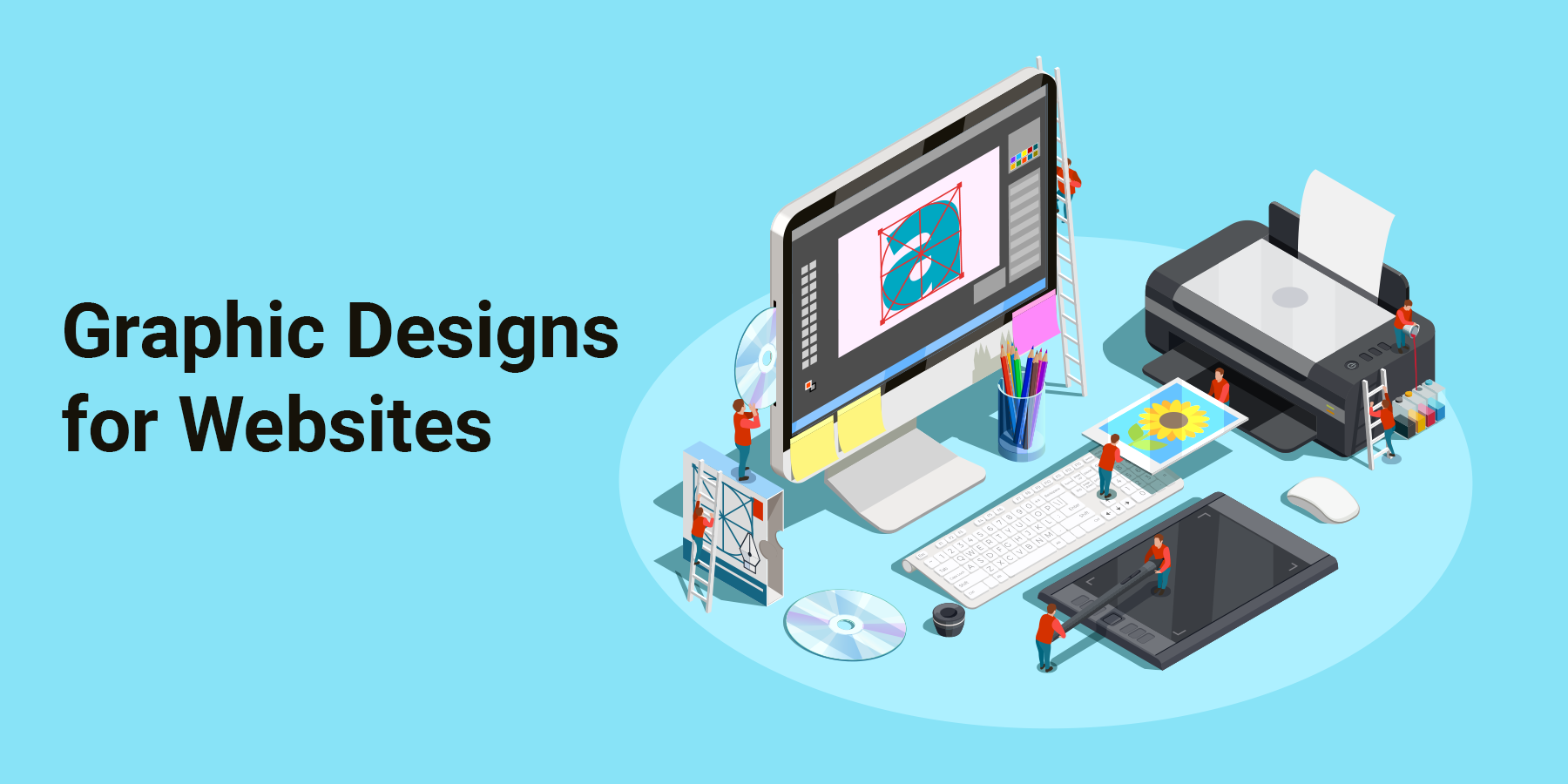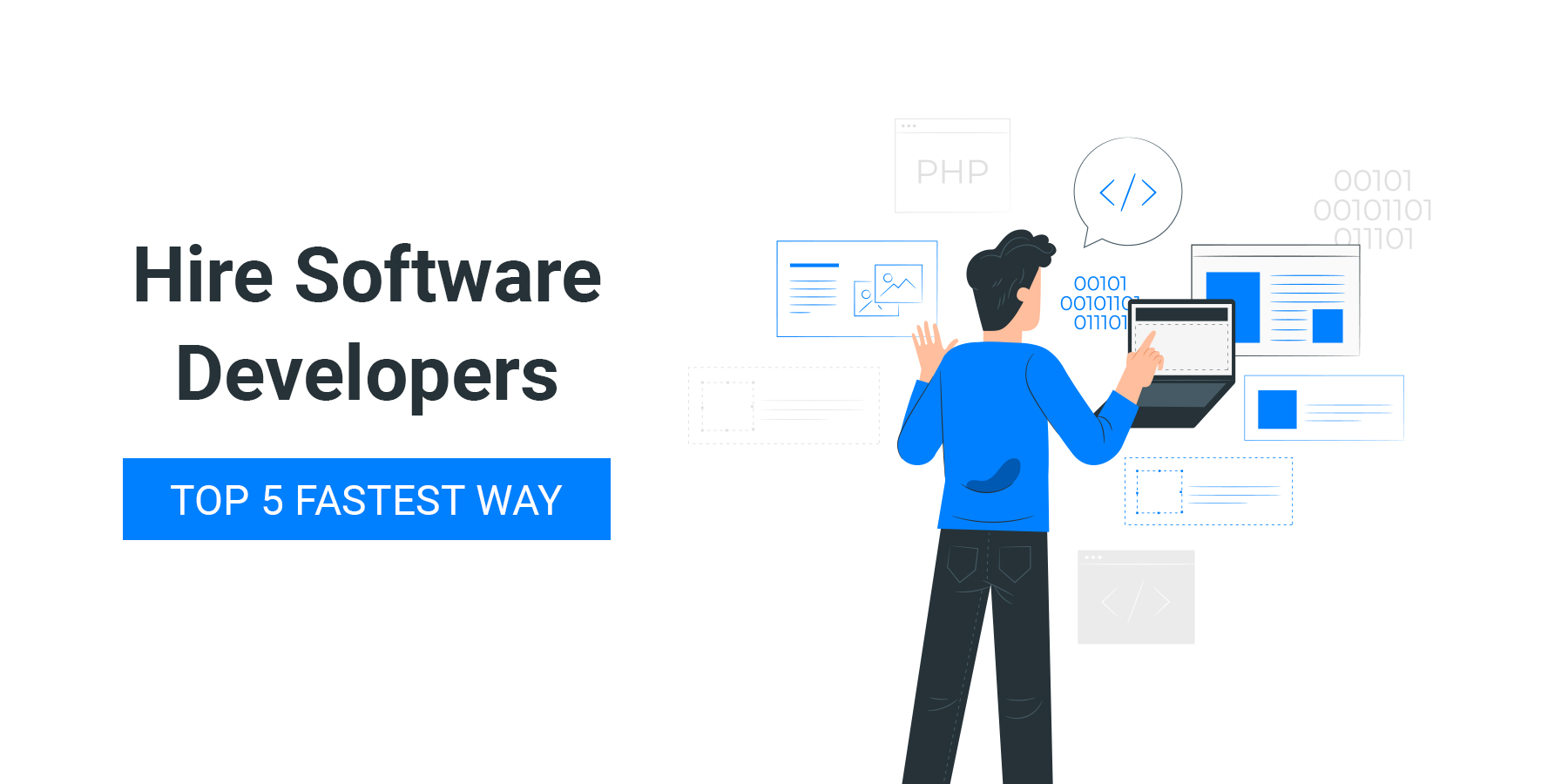
Ever wondered why some blogs look great while others don’t? The answer lies within graphic design. Graphic designers create images that catch the reader’s attention. They also ensure that websites or blog posts are professional, polished, and consistent.
Whether you’re looking to start a new website or update your existing blog, graphics play a crucial role in its success. Many bloggers struggle to get their messages across because they lack coherent visual brand identity and fail to implement effective design techniques.
This article will show you how graphics improve your website or blog post.
Choose the Right Image Size for Your Website
Choosing the right image size for your website design is essential, so your images look clear and sharp on screen and load quickly. For example, choosing too small an image size may result in poor quality display and slow loading times when viewed on mobile devices. On the other hand, choosing too large an image will make your site heavy on bandwidth and may also cause problems displaying the content correctly on smaller screens.
Here’s a guide on how can a graphic designer will choose the best image sizes for your website:
1. Start with Small Images
Most websites only require a handful of different image sizes for optimal viewing across all devices. However, some sites, especially those with many photo galleries, sometimes go beyond just a few standard sizes. Because of this, starting with smaller images first makes sense to avoid creating larger files and wasting space that you cannot fit.
2. Pick Standard Sizes First
Once your graphic designer has chosen the base image size for your website, pick the next largest size up so that you cover all bases. In other words, if you end up with four sizes ranging from 300×200 to 600×400 pixels, select 400 for a broader range. Your graphic designer can continually expand later, adding extra effort.
3. Think Responsively
Remember that your graphic designer should try to match your page layout to the device used. To achieve this, he must ensure that your CSS contains values for both width and height and scale each value appropriately depending on the browser, screen resolution, orientation, etc.
For example, if your graphic designer is designing for desktop browsers, set his width and height attributes to 100%. But if he’s planning for mobile phones, he’ll need to set these properties to percentages based on the phone’s dimensions — typically 320px wide x 480px tall.
4. Check Mobile Viewport Width/Height
While responsive layouts are essential to ensuring images scale correctly across multiple devices, it’s equally important to design for specific viewports. For example, suppose your pages are professionally graphic designed to support a maximum window width of 1024px. In that case, he’ll want to ensure that the container div around your image is sized to accommodate the actual viewport. Otherwise, that image may appear squished on a smartphone.
5. Avoid Large Image Files
Don’t forget to adjust your image size settings to avoid unnecessarily bloating your site with large image files. Some platforms like WordPress automatically resize photos to suit the display area provided, while others may request precise dimensions, such as 800×600. Always double-check with your graphic designer that your images meet the specifications before uploading them!
Avoid Clutter with Text Overlays
In web design, text overlays are one of the best ways to make your site stand out among similar sites. They also enable designers to control precisely what content shows up over specific elements on your page. However, when misused, text overlays can lead to clutter and unnecessary complications in your layout. To avoid creating these problems, here’s a checklist of things to focus on before implementing text overlays.
1. Use Only One Type Of Text When Needed
Text overlay systems are valuable tools when multiple pieces of information must be displayed on a page. But if only one part of information needs to be presented, you shouldn’t use a text overlay system. Instead, choose one type of text relevant to your page’s elements.
For instance, if you’re displaying prices on your home page, it makes sense to put both currency and price amounts in bold text. But if you’re providing a phone number, placing a phone number on a map would make more sense since there’s no reason to present the actual amount of money.
2. Don’t Create Too Many Different Types Of Text
Using different types of text on a single element can confuse. Depending on the size and shape of the object your graphic designer is trying to highlight, certain text types might work better than others. For instance, large blocks of text may look odd on tiny buttons. And depending on the font, some fonts might work well on some objects and not so well on others.
Try to stick to one type of text for each element on your page. Otherwise, users won’t know where to look first after landing on your page.
3. Limit The Number of Times That You Reposition Objects
Your graphic designer can save space and enhance readability by limiting the number of times he repositions objects. For example, if he’s adding a widget to a banner and decides to place it below another part of the banner, he can change its position by positioning it above or below other devices. Alternatively, he can split the flag and display it across two pages.
Adding too many items can make a page difficult to navigate and reduce your chances of conversion.
Be Creative with Background Images
To bring life to your professional graphic-designed website, your graphic designer can incorporate several elements, including background images. There are many options when choosing a background image; here are some good ones.
1. Use a Colorful Background Image
Colors play an integral part in bringing personality to a website. They can also make a page easier to read. So, don’t forget to add color next time you create a website!
2. Pick a Simple Background
Simple doesn’t necessarily mean boring. When designing your website, think about the overall theme. Are you trying to convey professionalism, fun, sophistication, or simplicity? Choose a simple background that reflects your message.
3. Add a Gradient Effect
Gradients are another popular choice for adding visual interest to a webpage. While solid colors may suit certain subjects, gradients lend well to various topics.
4. Experiment With Different Textures
Texture plays a vital role in web design. By adding texture, you can give your pages depth and dimension. Your graphic designer should try playing around with textures to find something that best suits your aesthetic.
5. Focus on One Element at a Time
Adding too much content to your website can overwhelm visitors. Instead of attempting to fill every space, focus on one element at a time. To develop a professional presence, ensure all aspects of your brand reflect your company’s identity. The same goes for other themes as well.
6. Incorporate More Than One Photo Background
While having just a single photo background won’t look appealing, mixing multiple photos creates exciting patterns. Whether your graphic designer uses these images for headers, footers, or sidebars, experimenting with different combinations can be a creative outlet.
7. Include a Video Background
Another option for creating eye-catching visuals is to incorporate videos. Videos are especially effective for conveying information or explaining a product or service.
Include Call To Actions
Your call to action button should be clear, concise, and compelling; otherwise, it won’t lead visitors to the next step within your process.
Here are three best practices when creating a call to action button:
1. Match Design With Content
Using colors that match the rest of your site is a great idea to ensure consistency. For instance, if you’re linking directly to another page, use the same color scheme to make things easier.
You also want to avoid too much text on your CTA button since it makes it harder to understand. Choose a simple icon or professional graphic design instead.
Also, don’t forget about readability! Using font sizes smaller than 16px increases the time it takes humans to decipher your content.
2. Use Clear Buttons & Icons
Make sure your button stands out and gets noticed so that people know exactly what they’re clicking. A bold font, custom color, high contrast, and size grab attention.
Use icons and graphics rather than words to represent the action. For example, if you’re asking people to subscribe to your newsletter, your graphic designer should use an icon or a graphic resembling a folded piece of paper to reinforce the message. People instantly recognize these symbols, making them easier to remember.
Don’t worry about having to explain your call to action button – go ahead and put it live without worrying about getting negative feedback.
Outsource Professional Graphic Designer with Us!
In conclusion, using professional graphic design to enhance your site or blog post will give it a unique feel and boost its overall appeal. Recruit Ninjas can be your one-stop shop for hiring a group of remote graphic designers and accelerating your company’s growth. There are over 1000 organizations in our clientele, including small businesses, medium-sized businesses, and large corporations. We have unmatched expertise in offering top-notch service for remote hiring from all over the world. To learn more, contact us right away!
Kimberly Morrison
Kimberly Morrison has been the Director of Client Relations at VGROW since 2019. She builds strong customer relationships, drives client retention, and oversees team productivity. Kimberly's approach to customer engagement is key to VGROW's aim of streamlining business processes through virtual assistance services.


 Top 5 Fastest Way to Hire Software Developers This 2022
Top 5 Fastest Way to Hire Software Developers This 2022 Searching For The Right Developer? Choose the Best Recruitment Company Today! Here’s How!
Searching For The Right Developer? Choose the Best Recruitment Company Today! Here’s How!